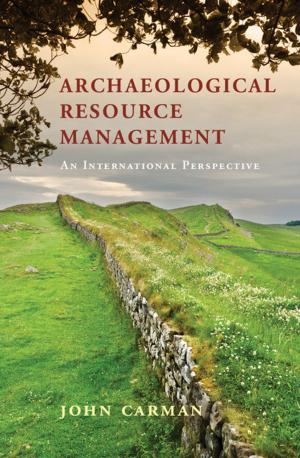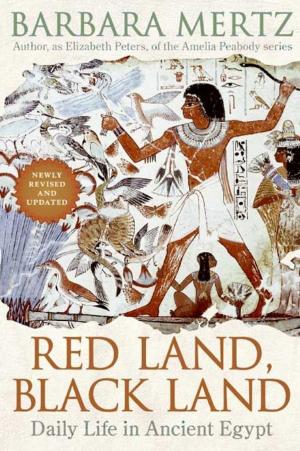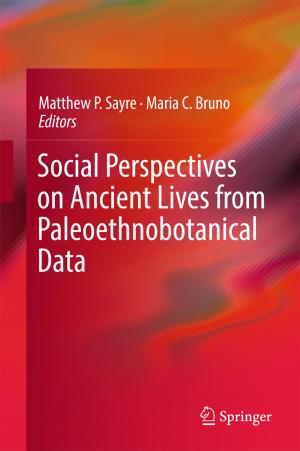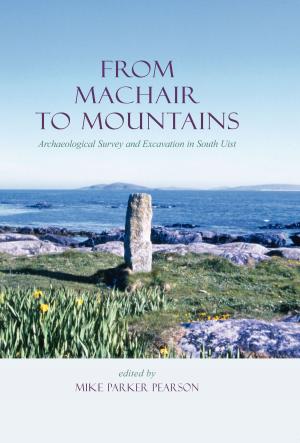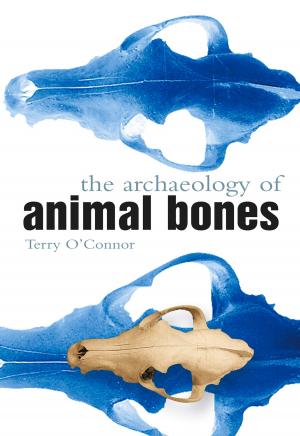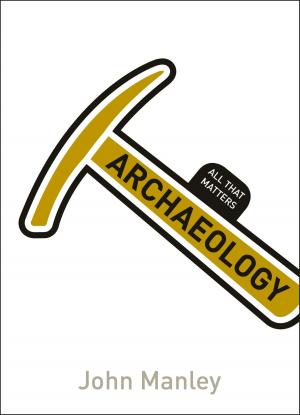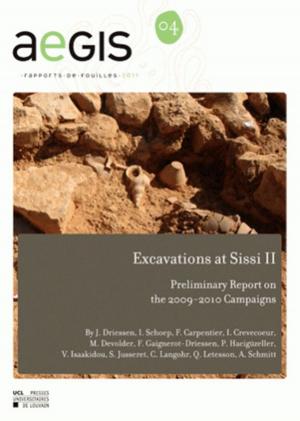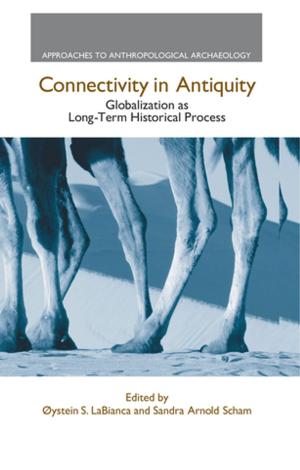The Nineteenth Century Farmer In Upper-Canada
Nonfiction, Social & Cultural Studies, Social Science, Archaeology| Author: | Dwayne R. James | ISBN: | 9780991749690 |
| Publisher: | Dwayne R. James | Publication: | January 20, 2013 |
| Imprint: | Smashwords Edition | Language: | English |
| Author: | Dwayne R. James |
| ISBN: | 9780991749690 |
| Publisher: | Dwayne R. James |
| Publication: | January 20, 2013 |
| Imprint: | Smashwords Edition |
| Language: | English |
Historical subsistence has received a great deal of attention in the literature of recent years, yet it is still relatively misunderstood, particularly in respect to the 19th century North American immigrant. The interpretation of zooarchaeological remains have proven useful in contributing to the overall knowledge, but the analysis of faunal material is often mediocre because quantitative units are ambiguous, and the impact of taphonomic forces on the survival of skeletal remains is unclear.
It is proposed that a fuller understanding of subsistence may be achieved through the study of butchering patterns, specifically in respect to culturally relevant units of consumption. These units are calculated specifically for the domestic species of cow, pig and sheep, in four 19th century zoo-archaeological assemblages from across Upper Canada.
Results illustrate the complexity of historical butchering patterns, and ultimately demonstrate that self-sufficiency, as it has come to be defined, did not exist, but took many varied forms in early pioneer life.
THIS THESIS IS AVAILABLE FREE FOR STUDENTS
When I was a student working on this thesis, I benefited greatly from the generosity of other academics who freely shared their work with me. I would like to return the favour. So, if you are a student who feels that you might benefit from a copy of this thesis, simply contact me through this smashwords page, and I'll forward you a complete PDF free of charge.
Historical subsistence has received a great deal of attention in the literature of recent years, yet it is still relatively misunderstood, particularly in respect to the 19th century North American immigrant. The interpretation of zooarchaeological remains have proven useful in contributing to the overall knowledge, but the analysis of faunal material is often mediocre because quantitative units are ambiguous, and the impact of taphonomic forces on the survival of skeletal remains is unclear.
It is proposed that a fuller understanding of subsistence may be achieved through the study of butchering patterns, specifically in respect to culturally relevant units of consumption. These units are calculated specifically for the domestic species of cow, pig and sheep, in four 19th century zoo-archaeological assemblages from across Upper Canada.
Results illustrate the complexity of historical butchering patterns, and ultimately demonstrate that self-sufficiency, as it has come to be defined, did not exist, but took many varied forms in early pioneer life.
THIS THESIS IS AVAILABLE FREE FOR STUDENTS
When I was a student working on this thesis, I benefited greatly from the generosity of other academics who freely shared their work with me. I would like to return the favour. So, if you are a student who feels that you might benefit from a copy of this thesis, simply contact me through this smashwords page, and I'll forward you a complete PDF free of charge.




